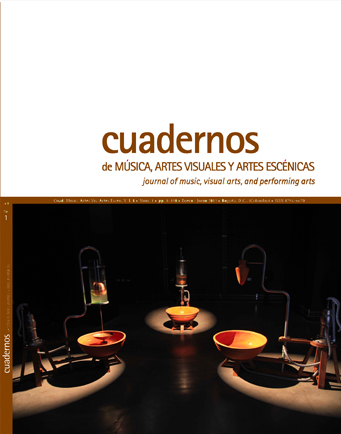Abstract
La cultura local se refleja en el entorno produciendo experiencias de mayor o menor calidad. En este sentido, las intervenciones artísticas en el medio urbano motivan una serie de significados en la ciudad, pues la percepción de cada individuo modifica las circunstancias de visualización del entorno. Este artículo trata sobre el “grafiti invertido”, intervención artística que consiste en realizar dibujos mediante la limpieza de superficies, suscitando con ello una lectura crítica de la contaminación. En este sentido, se desarrollará un análisis exploratorio de la obra Ossário, del artista brasileño Alexandre Orion. Esta acción, realizada en túneles, en la ciudad de São Paulo, puso de manifiesto matices que evidenciaron un aspecto que antes pasaba desapercibido: la suciedad. De esta forma, el grafiti invertido de Alexandre Orion revela no solo la falta de limpieza en los espacios urbanos, sino la negligencia de la administración pública con dichos lugares.
This journal is registered under a Creative Commons Attribution 4.0 International Public License. Thus, this work may be reproduced, distributed, and publicly shared in digital format, as long as the names of the authors and Pontificia Universidad Javeriana are acknowledged. Others are allowed to quote, adapt, transform, auto-archive, republish, and create based on this material, for any purpose, provided the authorship is duly acknowledged, a link to the original work is provided, and it is specified if changes have been made. Pontificia Universidad Javeriana does not hold the rights of published works and the authors are solely responsible for the contents of their works; they keep the moral, intellectual, privacy, and publicity rights.
Approving the intervention of the work (review, copy-editing, translation, layout) and the following outreach, are granted through an use license and not through an assignment of rights. This means the journal and Pontificia Universidad Javeriana cannot be held responsible for any ethical malpractice by the authors. As a consequence of the protection granted by the use license, the journal is able to publish retractions or to correct information already published. Publishing contents in this journal does not generate royalties for contributors.


